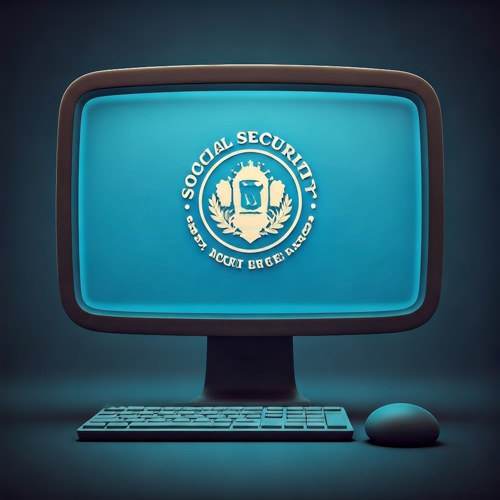A significant residential expansion is underway at Serenbe, a luxury community southwest of Atlanta, with a distinct focus on catering to older buyers seeking to “age in place.” Developer Steve Nygren, known for his previous ventures in the Atlanta restaurant scene, aims to nearly triple the number of residences in the Chattahoochee Hills development. The ambitious $1.7 billion project also includes plans for commercial spaces.
According to a report by the Atlanta Journal-Constitution, Nygren’s vision for Serenbe involves 1,100 new residential units alongside a hotel, offices, retail spaces, restaurants, and civic and educational facilities. The 1,532-acre development’s initial phase will feature 97 units specifically designed for older adults, the 110-room Selborne Hotel, an expansion of the private Terra School, and new arts performance venues. Plans also include 235,000 square feet of commercial space, 75,000 square feet for civic purposes, two school buildings, and up to 180 hotel rooms. A 45,000-square-foot office building is in the works near the hotel, with construction slated to begin once 60% of the space is pre-leased.
Serenbe, already known for its emphasis on nature and wellness and attracting high-profile residents, secured an $11 million tax break from the Development Authority of Fulton County in 2023 to support this expansion. Despite potential headwinds from rising construction costs and economic uncertainties, the project will be rolled out in phases, with an anticipated completion between 2029 and 2035.
The focus on “aging in place” reflects a growing trend in senior housing, prioritizing options that allow individuals to remain within their communities as they age. This approach emphasizes accessible housing and services that meet the diverse needs of older adults.
For members of Generation X, many of whom are now facing the realities of their parents aging and are beginning to consider their own long-term living arrangements, this development offers a glimpse into future possibilities. The integration of housing for various age groups within a community focused on wellness could appeal to those who value intergenerational living and access to amenities that support an active and healthy lifestyle as they age. The emphasis on nature, farm-to-table food options, and wellness facilities within Serenbe aligns with values often held by this demographic.











